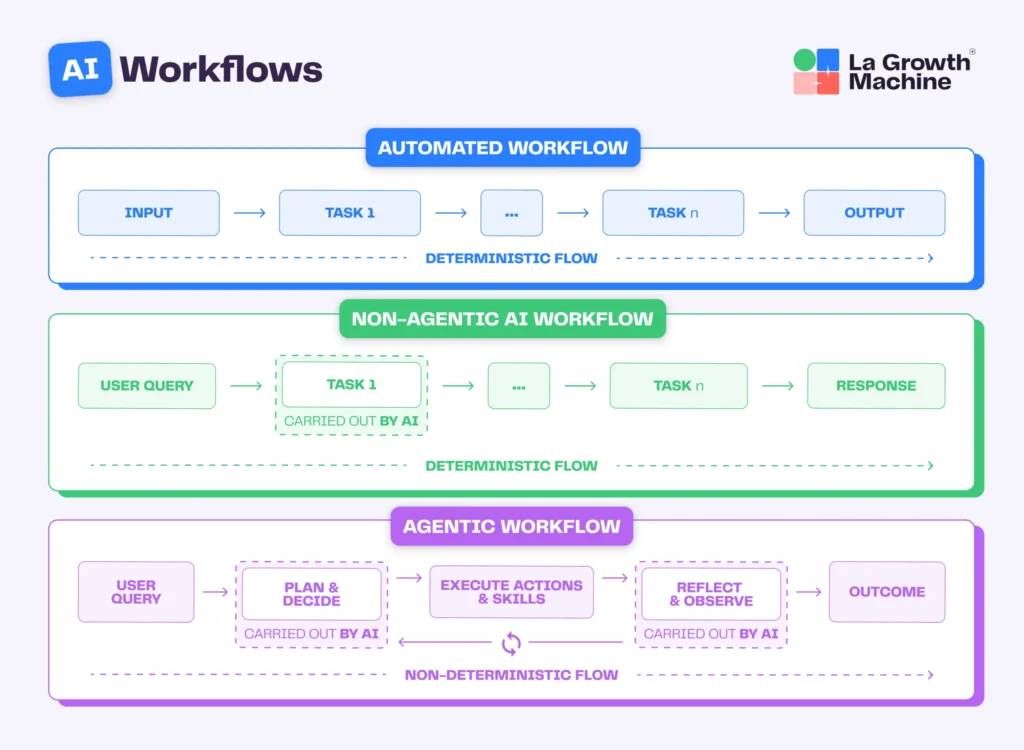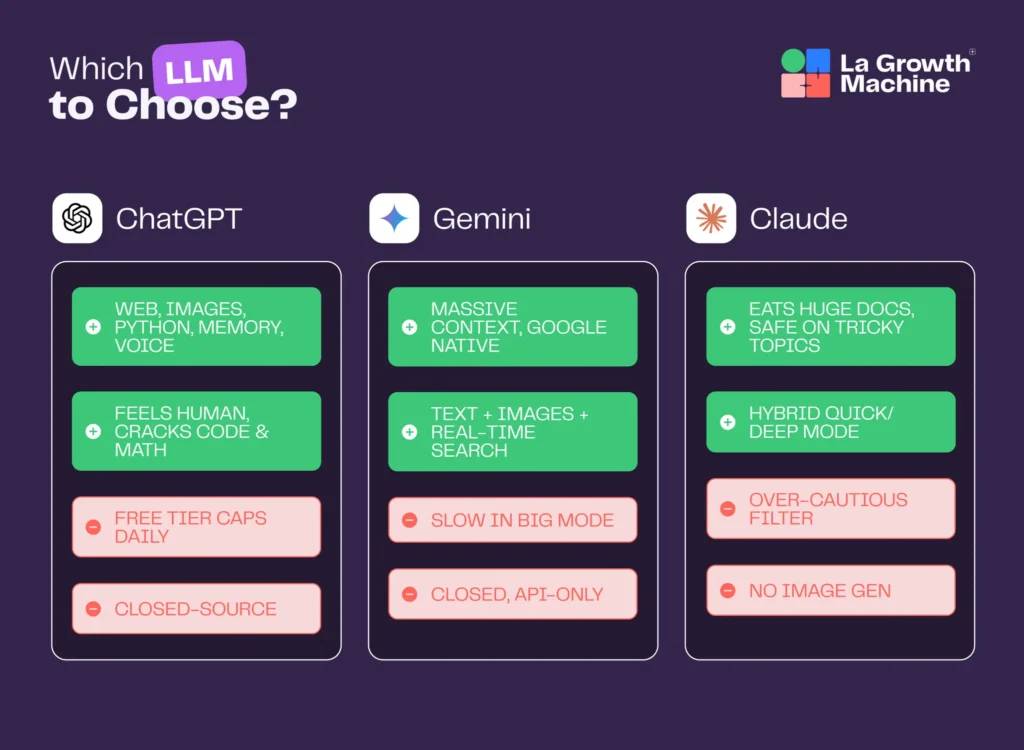| Useful for |
Real‑time info with citations and trusted sources. Ask about current events, market data, or trends. |
Upload screenshots, diagrams, or photos. Generate or edit images straight from text. |
Stream your mobile camera for live guidance. Perfect for troubleshooting, building, or debugging. |
Chat hands‑free while driving, cooking, or working. It listens, thinks, and responds — all in real time. |
Drop in PDFs, Excel sheets, or PowerPoints. Summarize, answer questions, or reformat your content. |
Runs Python in a secure sandbox. Clean data, run analyses, and generate charts or tables. |
Side‑by‑side editor for documents or code with live preview. Co‑create landing pages, resumes, and prototypes. |
ChatGPT remembers details you choose across chats. Preferences, name, and goals — tailored over time. |
Set global preferences for tone, style, and context. Every new chat matches your needs. |
| Prompt |
“What’s Nvidia’s stock price right now?” |
Prompt: “Here’s a floor plan — suggest furniture layouts.” |
“Watch my screen and walk me through importing a CSV in Excel.” |
“Explain the plot of Dune while I drive.” |
“Summarize this 40‑page report.” |
“Plot average monthly temperatures in °C from this CSV.” |
“Create a landing‑page mock‑up with shadcn components.” |
“Remember my company name and preferred voice for future replies.” |
Fill out Settings → Custom Instructions → Save. |


